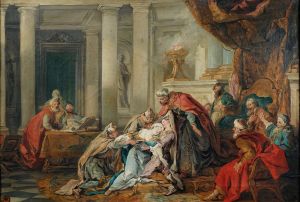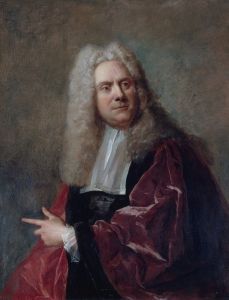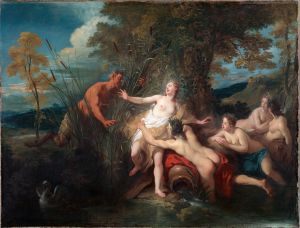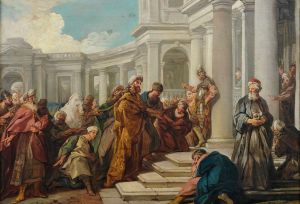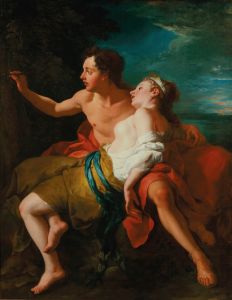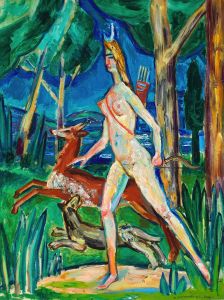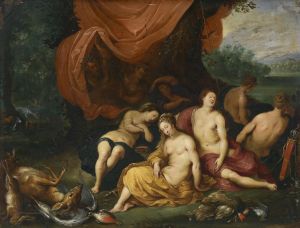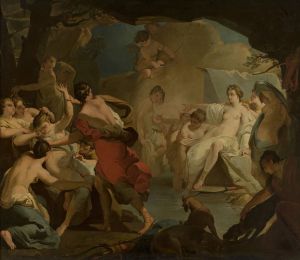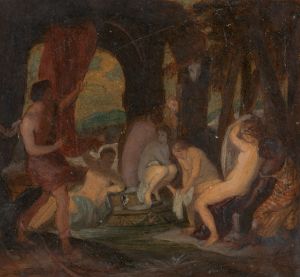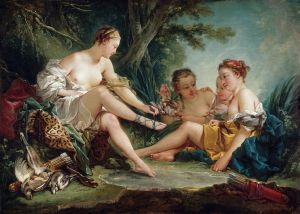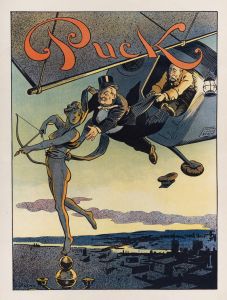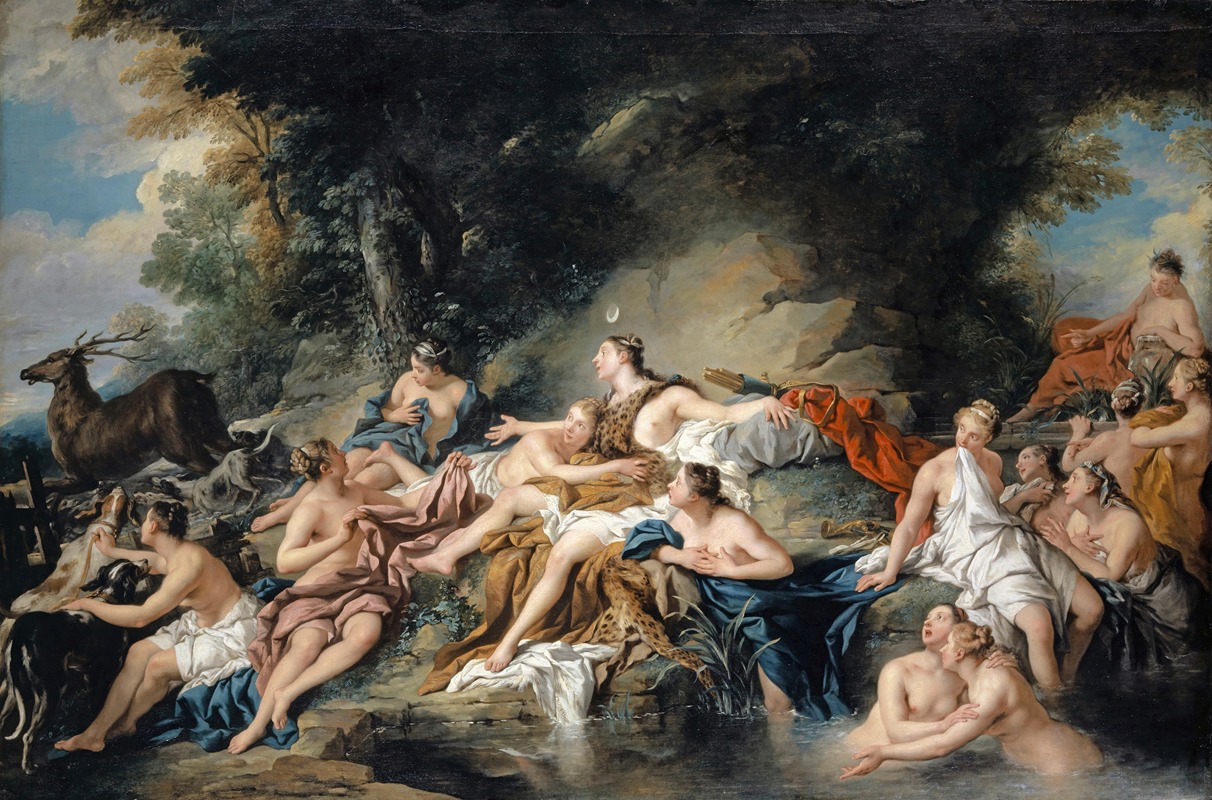
Diana and Actaeon
A hand-painted replica of Jean-François de Troy’s masterpiece Diana and Actaeon, meticulously crafted by professional artists to capture the true essence of the original. Each piece is created with museum-quality canvas and rare mineral pigments, carefully painted by experienced artists with delicate brushstrokes and rich, layered colors to perfectly recreate the texture of the original artwork. Unlike machine-printed reproductions, this hand-painted version brings the painting to life, infused with the artist’s emotions and skill in every stroke. Whether for personal collection or home decoration, it instantly elevates the artistic atmosphere of any space.
Jean-François de Troy (1679–1752) was a French Rococo painter known for his historical and mythological scenes, as well as his contributions to decorative arts. One of his notable works, Diana and Actaeon, depicts a scene from Ovid's Metamorphoses, a classical Roman text that has inspired countless works of art throughout history.
The painting illustrates the mythological story of Actaeon, a hunter who accidentally stumbles upon the goddess Diana (Artemis in Greek mythology) while she is bathing with her nymphs. In the myth, Diana, enraged by this intrusion, transforms Actaeon into a stag, and he is subsequently hunted and killed by his own hounds. De Troy captures the dramatic tension of this moment, focusing on the figures of Diana and Actaeon, as well as the surrounding nymphs, who react with a mix of surprise and alarm.
De Troy's Diana and Actaeon reflects the Rococo style, characterized by its lightness, elegance, and attention to detail. The painting features a soft color palette, intricate drapery, and a dynamic composition that draws the viewer's eye across the scene. The figures are rendered with a sense of movement and emotion, typical of de Troy's ability to convey narrative through visual art. The setting, likely a lush and idyllic forest, provides a fitting backdrop for the mythological subject, emphasizing the natural world that plays a central role in the story.
While Jean-François de Troy was a prominent artist in his time, his works, including Diana and Actaeon, are less widely known today compared to those of his contemporaries, such as François Boucher or Jean-Honoré Fragonard. However, his contributions to the Rococo movement and his skill in depicting complex mythological and historical themes remain significant.
The exact date of the painting's creation is not definitively documented, but it is consistent with de Troy's active period as a painter, which spanned the early to mid-18th century. The work is an example of how 18th-century artists often drew inspiration from classical mythology, reinterpreting ancient stories to suit the tastes and sensibilities of their time.
As of now, the current location of Diana and Actaeon by Jean-François de Troy is not widely documented in public collections or major exhibitions. Further research may provide additional details about its provenance and history.





